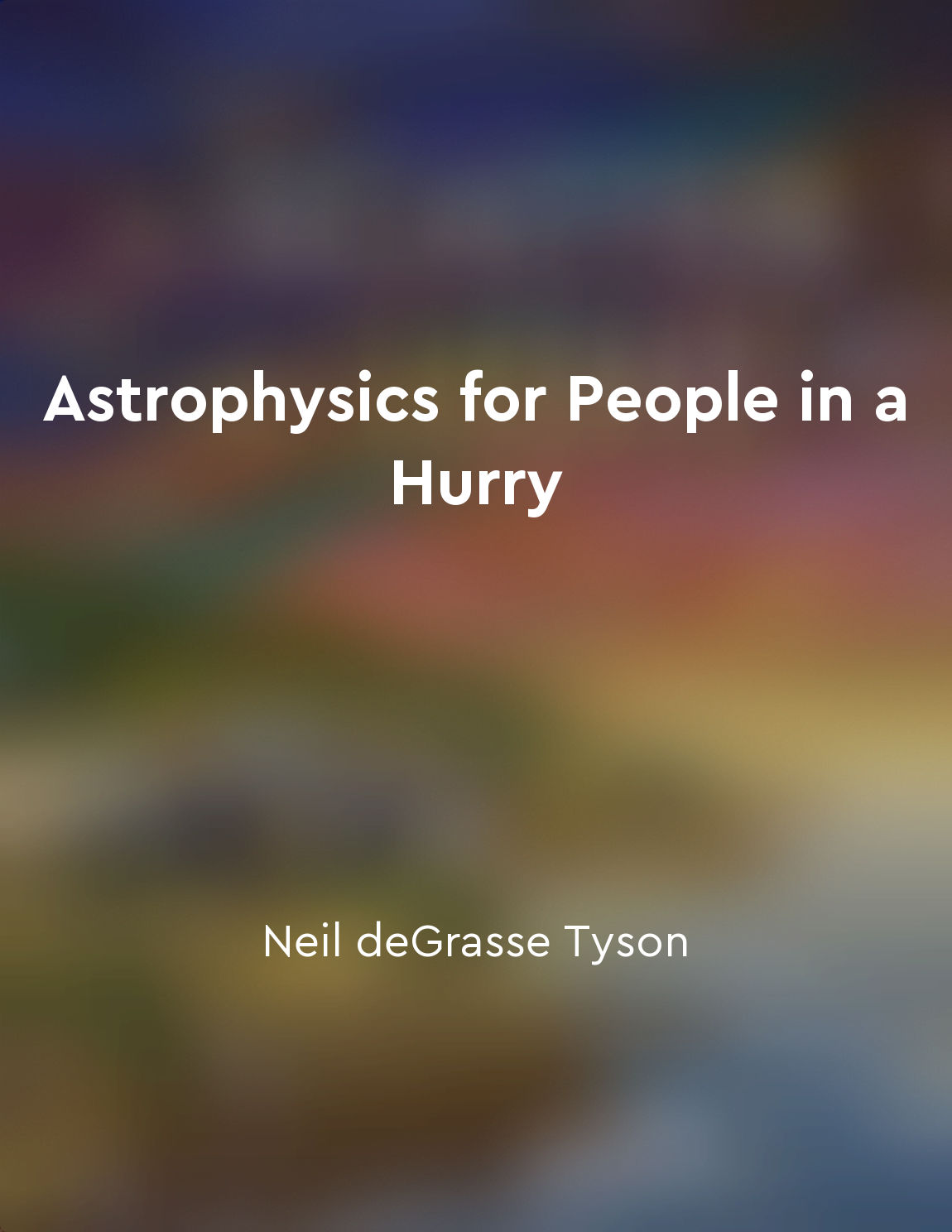Audio available in app
The study of pulsars provides insights into the nature of compact objects from "summary" of The Science of Interstellar by Kip Thorne
Pulsars are rapidly rotating neutron stars that emit beams of electromagnetic radiation from their magnetic poles. These beams sweep across space like a lighthouse beacon, producing regular pulses of radiation that can be detected by telescopes on Earth. By studying these pulses, scientists can learn valuable information about the nature of compact objects such as neutron stars and black holes. Neutron stars are the remnants of massive stars that have undergone supernova explosions. They are incredibly dense, with a mass greater than that of the Sun packed into a sphere only a few kilometers in diameter. This extreme density causes the protons and electrons in the star to merge into neutrons, hence the name "neutron star." Pulsars are a subset of neutron stars that emit beams of radiation as they spin rapidly on their axes. The study of pulsars provides insights into the behavior of matter under extreme conditions. By analyzing the timing and intensity of the pulses emitted by pulsars, scientists can infer the size, mass, and composition of the compact object. For example, variations in the pulse rate can reveal the presence of a companion star in a binary system, while changes in the pulse intensity can indicate processes such as accretion of matter onto the pulsar. Furthermore, pulsars can serve as precise cosmic clocks that help test the theory of general relativity. The regularity of pulsar pulses allows scientists to detect tiny deviations caused by the gravitational influence of nearby objects. By studying these deviations, researchers can probe the nature of spacetime around compact objects and test the predictions of Einstein's theory of gravity.- The study of pulsars plays a crucial role in advancing our understanding of the nature of compact objects in the universe. By observing the pulses emitted by these rapidly rotating neutron stars, scientists can glean valuable insights into the behavior of matter under extreme conditions, the dynamics of binary systems, and the nature of gravity in the vicinity of black holes and neutron stars.
Similar Posts
Humanity must embrace a Type I civilization mentality to achieve progress and sustainability
To achieve progress and sustainability, we must adopt the mindset of a Type I civilization. This means moving beyond our curren...
Exoplanets can expand our understanding of the universe
The discovery of exoplanets has revolutionized our understanding of the universe by revealing the sheer diversity of planetary ...
Galaxies are the building blocks of the universe
The universe is a vast and mysterious place, filled with countless stars, planets, and other celestial objects. At the heart of...
The search for exoplanets continues to captivate astronomers
The quest to discover planets beyond our solar system is a never-ending pursuit that has captured the imagination of astronomer...
Quantum theory and general relativity are incompatible
The problem of combining quantum theory and general relativity is one of the major obstacles in theoretical physics. Quantum th...
Navigating the complexities of theoretical physics
The task of understanding theoretical physics is not for the faint-hearted. It requires a keen intellect, a sharp eye for detai...

The anthropic principle offers insights into our existence
The anthropic principle is a concept that has sparked much debate and discussion among physicists and philosophers alike. It of...
Astronomy is a constantly evolving field of study
The study of the universe is never static; it is always in motion. Astronomers are constantly pushing the boundaries of human k...

The universe is governed by a few simple laws that give rise to complexity
The universe operates by a few simple laws that give rise to the complexity we see all around us. These laws are not arbitrary ...
The universe is vast and full of mysteries
The universe we live in is truly immense, stretching out far beyond what our minds can easily comprehend. It is filled with cou...

